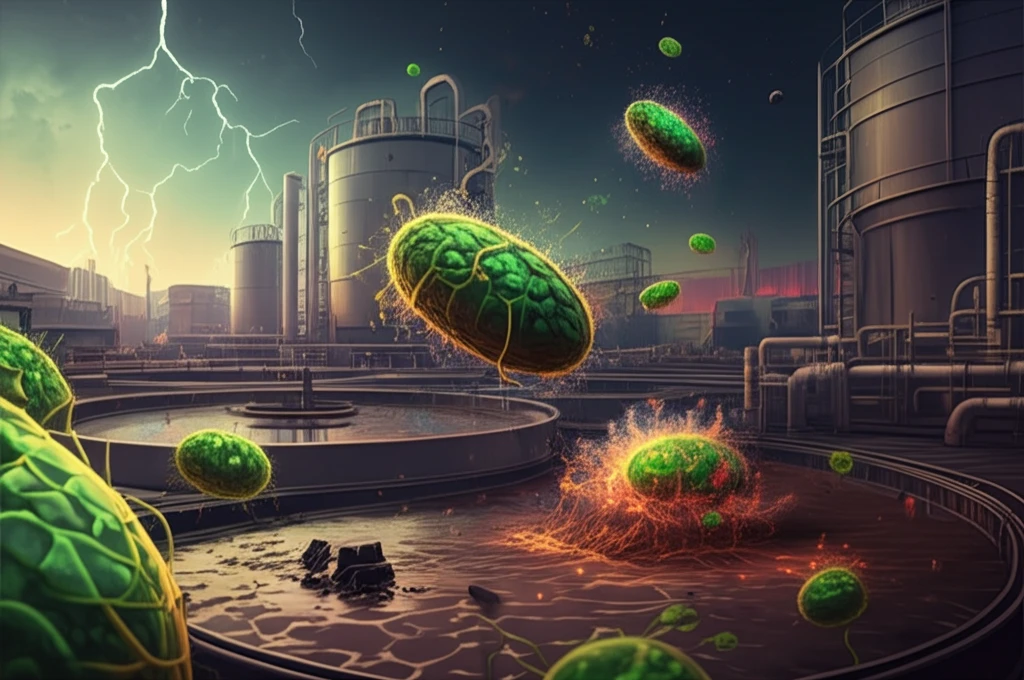
From Waste to Wonder: How Free Ammonia Can Supercharge Microalgae Bio-hydrogen Production
"Unlock the secrets of sustainable energy: A groundbreaking study reveals how free ammonia pretreatment can dramatically boost bio-hydrogen output from microalgae, turning wastewater into a valuable resource."
The quest for sustainable energy sources is more critical than ever. As traditional fossil fuels dwindle and environmental concerns escalate, the world is turning its attention to innovative, eco-friendly alternatives. Among these, bio-hydrogen production from microalgae has emerged as a promising contender, offering a low-carbon pathway to meet our growing energy demands.
Microalgae, tiny photosynthetic powerhouses, represent a third-generation feedstock with immense potential. They efficiently convert sunlight and carbon dioxide into valuable biomass, which can then be processed to produce bio-hydrogen. However, the natural biodegradability of microalgae is often limited, resulting in low bio-hydrogen yields. This bottleneck has spurred researchers to explore various pretreatment methods to enhance the breakdown of microalgae cells and boost hydrogen production.
Now, a groundbreaking study has unveiled a game-changing approach: free ammonia (FA) pretreatment. This innovative technology harnesses the power of ammonia, a readily available resource in wastewater treatment plants, to disrupt microalgae cell structure and significantly improve bio-hydrogen production. This method not only enhances energy output but also aligns with circular economy principles, transforming waste into a valuable resource.
The Science Behind the Breakthrough

The research, published in ACS Sustainable Chemistry & Engineering, details how FA pretreatment works at a microscopic level. Scientists discovered that exposing microalgae to controlled concentrations of free ammonia disrupts their cell walls, making them more susceptible to enzymatic breakdown during anaerobic dark fermentation.
- Increased bio-hydrogen production potential.
- Higher maximum bio-hydrogen production rate.
- Enhanced microalgae solubilization.
- Alignment with circular economy principles.
A Greener Future Powered by Microalgae
The FA pretreatment technology offers a sustainable and economically viable approach to enhance bio-hydrogen production from microalgae. By harnessing a readily available resource from wastewater treatment plants, this method not only boosts energy output but also reduces waste and promotes a circular economy. As the world continues to seek cleaner, more sustainable energy solutions, innovations like FA pretreatment hold the key to unlocking the full potential of microalgae and paving the way for a greener future.
